Upon invitation of Rewilding Oder Delta (ROD), around 30 representatives of various stakeholder groups such as Bauernverband Ostvorpommern and Tourismusverband Mecklenburg-Vorpommern, state authorities from Schleswig-Holstein and Mecklenburg-Vorpommern as well as federal authorities met on July 9th and 10th 2024 in Stralsund to talk about the restoration and benefits of salt marshes.
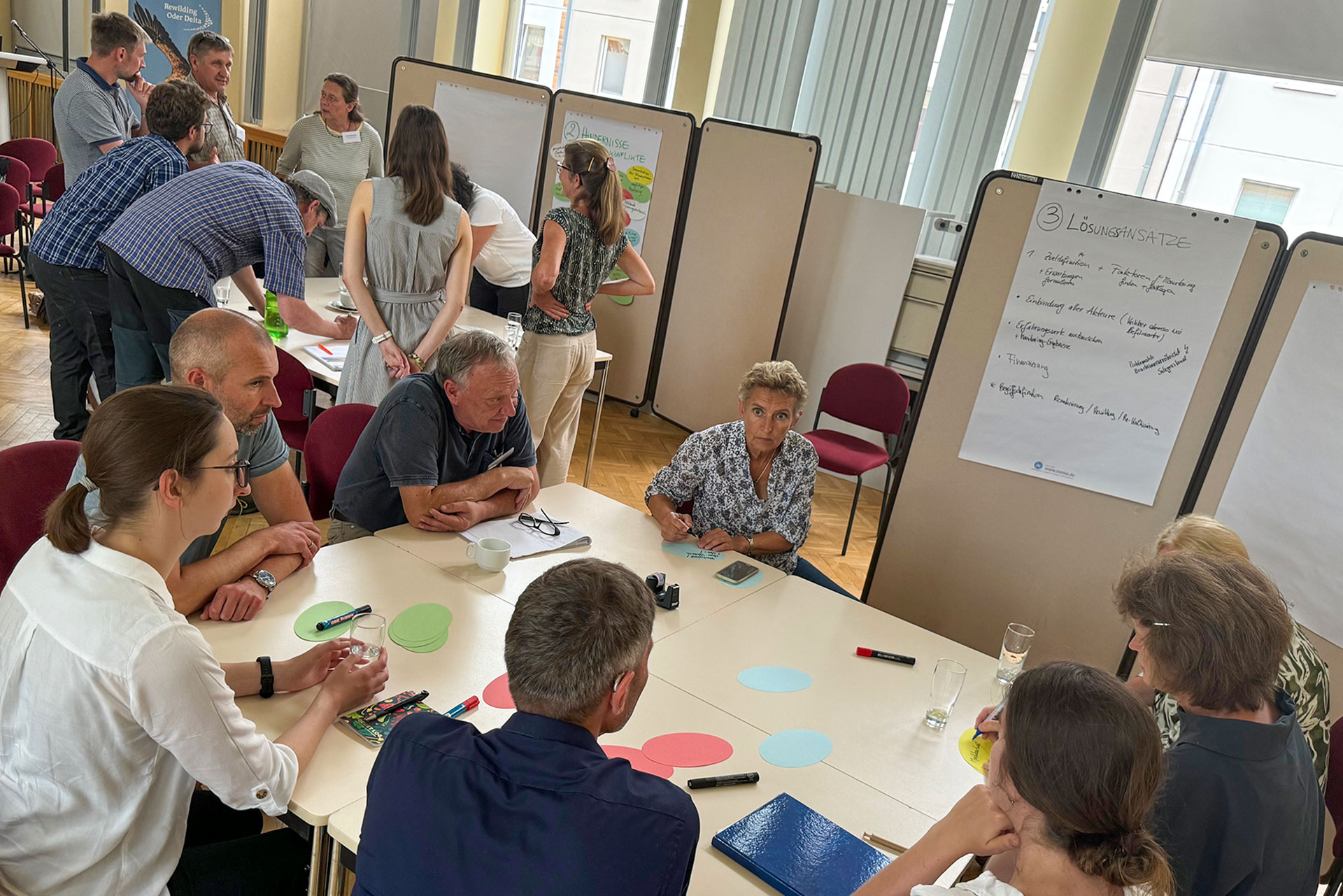
A field trip to start the conversation
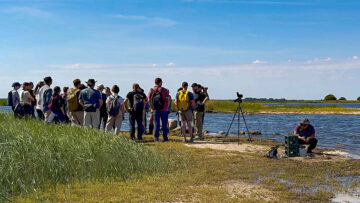
The workshop started with an excursion to Drammendorf on Rügen, where WWF and Ostseestiftung moved back the dyke line around 5 years ago to open the former polder to the natural dynamics of the Baltic Sea. Supplemented by scientific presentations participants discussed opportunities, challenges and solutions for the restoration of salt marsh at the German Baltic Sea coast in an interactive setting.
Ulrich Stöcker, ROD Managing Director and Team Leader Germany, emphasizes the importance of involving stakeholders: “Everything starts with a dialogue. Connecting conservationists with the local community is crucial for a common understanding and respect. This is the foundation of every successful rewilding initiative.”
Salt marshes: complex and endangered
During the workshop, Katrin Quiring, Marine Rewilding Officer at ROD, informed the participants about the complexity and importance of the endangered salt marshes. These ecosystems occur on shallow coasts with low currents, especially in the Baltic Sea, which have mainly developed through grazing on coastal mires. They are home to plant and animal species that can tolerate the flooding of brackish and salt water during wind-dependent high tides and can therefore survive in saline environments. Reed and brackish-water reed communities are browsed by grazing, which enables the development of species-rich and closely interlinked biocenoses.
Salt marshes have now become rare on the German Baltic coast due to land reclamation and cultivation measures. Through workshops, like the one organised in July, ROD generates acceptance for the protection and restoration of these unique ecosystems.
The benefits of salt marshes and similar coastal habitats
The interactive sessions were also a great opportunity to raise awareness about the benefits provided to nature and people by the Baltic Sea habitats like salt marshes, reefs, sand habitats and seagrass beds.
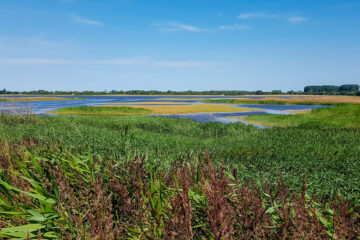
Salt marshes are not only of ecological importance but are also crucial as a natural coastal defence and act as carbon sinks. They provide a wide range of benefits for nature and people – so-called ecosystem services – such as coastal and climate protection, the conservation of biodiversity, recreation and environmental education, e.g. for sustainable tourism, as well as the provision of goods for direct human use.
Stone reefs
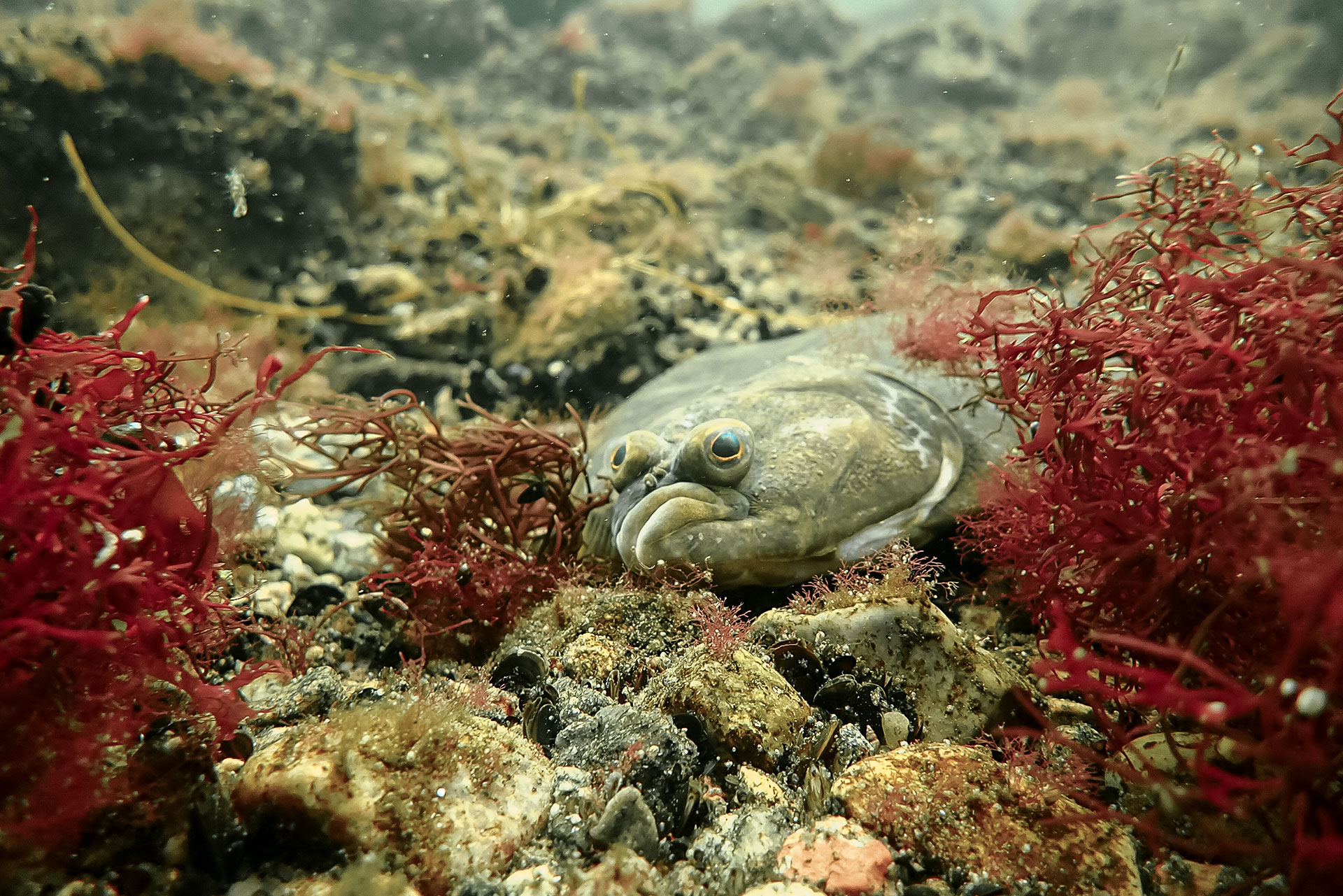
Stone reefs are another type of an important ecosystem in the Baltic Sea. Usually overgrown with mussels and many other sessile animals and plants, they provide hiding places, food and spawning opportunities for a number of fish species – including commercially important species such as the highly endangered Baltic Sea cod or various flatfish species. The restoration of reefs therefore also benefits (angling) fisheries.
Seagrass meadows
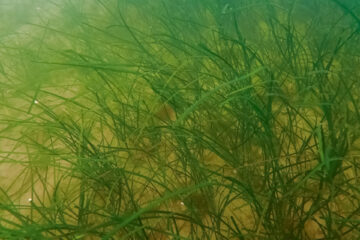
Adding to the rich mosaic of marine habitats, the constantly submerged seagrass beds of the Baltic Sea store considerable amounts of carbon in their roots and in the ground, thus making an important contribution to climate protection.
Sand habitats – important for nature and tourism
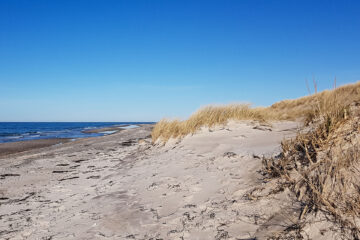
The topic that was the closest for all participants, were the sandy habitats with beaches, dunes and beach islands provide a habitat for a large number of specialized plants and bird species. They are of great importance for coastal protection. Tourism, which is one of the most important sources of income on the German coast, is largely dependent on the attractiveness of natural beaches. Contributing to their biodiversity, ROD has raised funds to carry out a rewilding action that will benefit sand habitats and beach nesting birds at the island of Ruden.
Bigger picture
The EU Nature Restoration Law sets binding targets to restore degraded marine and coastal ecosystems covering at least 20% of the EU’s land and sea. For the implementation, Germany, as every EU member state, has to submit a National Restoration Plan by mid 2026. Therefore, measures for the restoration of marine and coastal ecosystems will be defined in the coming years. With its voluntary approach and involvement of local communities, rewilding offers great potential for supporting this process.
—–
The workshops on salt marshes and other Baltic Sea habitats are part of a grant supported by the Federal Agency for Nature Conservation with funds from the Federal Ministry for the Environment, Nature Conservation, Nuclear Safety and Consumer Protection entitled “Benefits of restoring marine habitats and their ecosystem services in the German Baltic Sea”.
Text: Katrin Wollny-Goerke, Katrin Quiring
Edit: Agnieszka Soboń
Substantive consultation: Katrin Wollny-Goerke, Katrin Quiring, Ulrich Stöcker